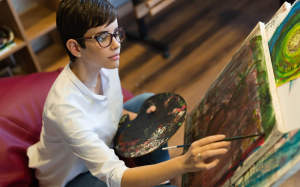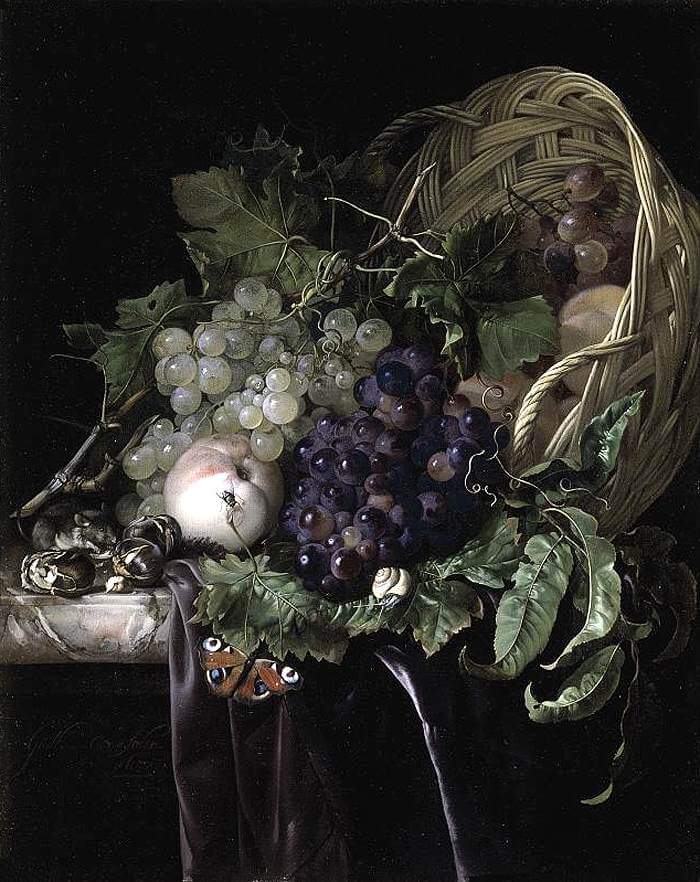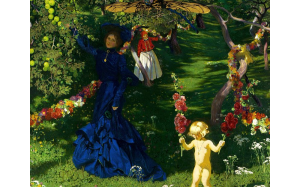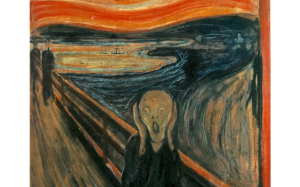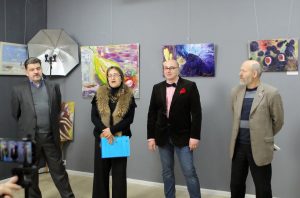“Lady with an Ermine” by Leonardo da Vinci, or Oda Painting
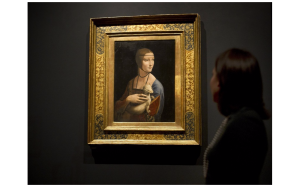 The world, according to Leonardo, is known through the senses, and the eye is the master of the senses, therefore painting is the queen of art. Such reasoning is evidence of the deep conviction of a brilliant painter in the greatness and omnipotence of his art.
The world, according to Leonardo, is known through the senses, and the eye is the master of the senses, therefore painting is the queen of art. Such reasoning is evidence of the deep conviction of a brilliant painter in the greatness and omnipotence of his art.
“The Lady with an Ermine” is the second (after the “Portrait of a Musician”) experience of Leonardo da Vinci in portrait genre. In 1800, in Italy, Prince Adam Jerzy Czartoryski, son of Princess Elzbety Dorota Flemming Czartoryski (Izabella (Elżbieta) Dorota Fleming), bought this portrait for his mother, who in 1801 opened the first public museum in Pulawy in Poland. To date, the picture in the collection of the Chartoryi collection is part of the collections of the National Museum in Krakow.
Studies by the restorer Rudolf Kozłowski in 1952 gave a lot of new information on the work stages and materials that Leonardo used. A new hypothesis appeared regarding the original background of the picture that remained under the dark ball of paint and changed the contour of the neck of the portrait. It is not known who and why redrawn the background, which in the original version was gray-blue (according to David Bull, a conservative from the National Gallery of Art, Washington). The X-ray illumination of the picture in 1945 revealed the fact that in the original version the Lady was presented against the background of a window or loggia.
National Museum, Czartoryski Collection, Krakow.
The portrait at the beginning of the 19th century was identified as an image of an unknown woman, La Belle Ferronière (Beautiful Ferroniere), the famous mistress of the King of France, Francis I. Most likely, then in the upper left corner appeared, visible and to this day, the inscription: La Bele Feroniere / Leonard D’awinci. The use of the letter “w” instead of “v” is not necessarily a spelling mistake, as is commonly believed, such a spelling could simply be the result of a simplification of foreign surnames in the Polish language.
Art historians have long debated who Leonardo da Vinci portrayed in the picture. It is now accepted that the artist posed one of the mistresses of the Duke of Sforza – Cecilia Gallerani. The fact that Leonardo did write some of her portrait is evidenced by written sources – the sonnet Bernardo Bellinchione and the mention in the letter of Caecilia Gallerani to Isabella d’Este dated April 29, 1498. An indirect argument is considered to be a pun in the name of the animal and the surname of the heroine of the portrait, as well as in the coincidence of the heraldic symbol on the coat of arms of Sforza with an ermine in the hands of the lady.
However, for a very long time, the one depicted was not defined as Cecilia, since her age of 16-17 years was not confirmed by archival documents, according to which at the time of drawing she was 10 years old. Only after Janica Shell and Graziosa Sironie in 1992 discovered an error in one of the documents, and the correct date of birth of Cecilia was established – 1473. Scientists have found confirmation that the picture depicts precisely Cecilia Gallerani, and at the time of posing she was 16-17 years old.
The subject of research was also an animal. It differs from a small ermine, which is difficult to tame. Chartoryiskaya believed that the animal looked like a marten, other researchers saw similarities with the fox and albino ferret.
“The Lady with an Ermine” is a work of art, in front of which, we do not notice the touch of a brush, it, according to the ideals of the Renaissance, creates the illusion of reality. The longer you look, the more you begin to believe that she will come to life and talk to you, or simply look in your direction.
